missoiula4me
Full Member
Is it a hair clip? What is causing the bluish residue
This casing is a REM-UMC
25-35.
In same area found case with REM-UMC
300 SAV
I grew up around firearms never saw a 25-35. And a 300 SAV IS A LARGE CASE. THIS ONE ISN'T
This casing is a REM-UMC
25-35.
In same area found case with REM-UMC
300 SAV
I grew up around firearms never saw a 25-35. And a 300 SAV IS A LARGE CASE. THIS ONE ISN'T


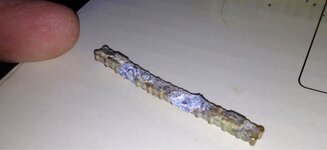

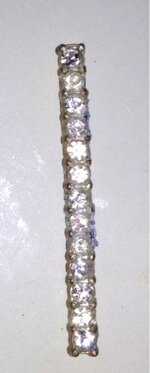
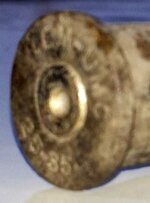
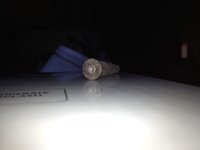
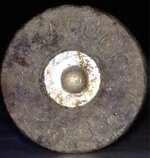
 been shooting forever and never heard of such a thing. Makes it fun, soon any brass will be a thing of the past
been shooting forever and never heard of such a thing. Makes it fun, soon any brass will be a thing of the past 






















 Breezie
Breezie

